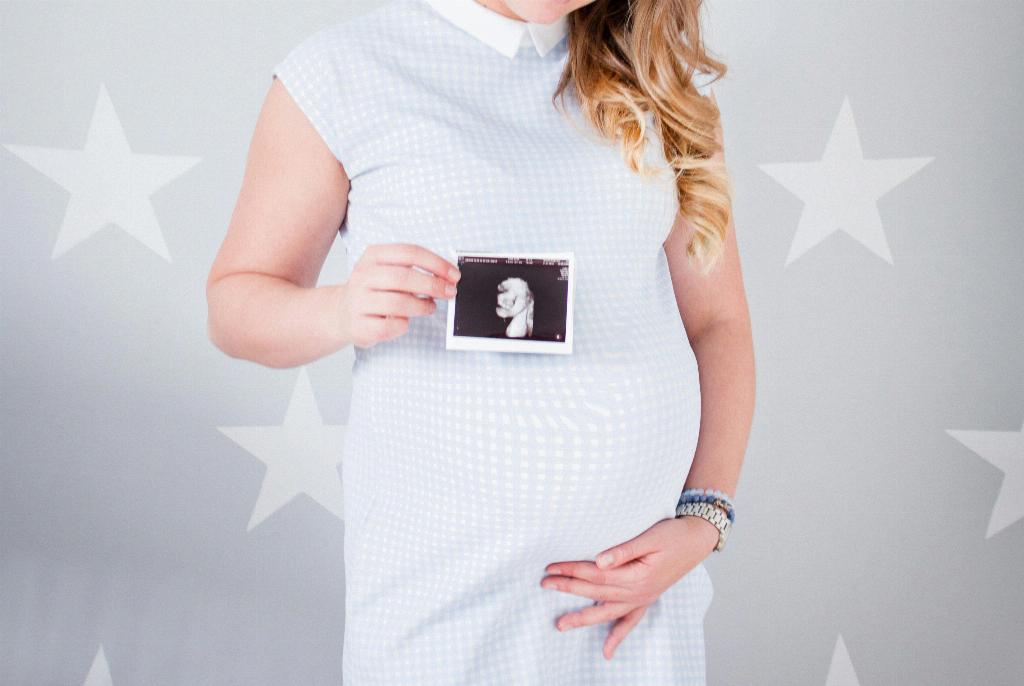When it comes to the question of whether pregnancy is possible after having your tubes tied, it’s essential to delve into the details of tubal ligation. Tubal ligation, also known as female sterilization, is a permanent form of birth control that involves surgically blocking or sealing the fallopian tubes.
The Effectiveness of Tubal Ligation
While tubal ligation is considered highly effective in preventing pregnancy, it is important to note that no form of birth control is 100% foolproof. Despite the surgical procedure’s intention to permanently prevent pregnancy, there have been rare cases where women have become pregnant even after having their tubes tied.
Factors Affecting Pregnancy After Tubal Ligation
Several factors can influence the likelihood of pregnancy after tubal ligation, including the method used during the procedure, the age of the individual at the time of surgery, and the number of years since the tubal ligation was performed. In the case of tubes being tied 20 years ago, the length of time plays a significant role in the potential for pregnancy.
Pregnancy Possibility After 20 Years
Although the chances of pregnancy after 20 years of having your tubes tied are extremely low, it is not impossible. Over time, there is a small risk of the fallopian tubes naturally healing or a tubal ligation reversal occurring, which could potentially allow for an egg to be fertilized by sperm, leading to a pregnancy.
Medical Consultation and Assessment
If you are considering the possibility of being pregnant after having your tubes tied 20 years ago, it is crucial to consult with a healthcare provider. A medical assessment can help determine the current status of your fallopian tubes and assess any potential risk factors associated with pregnancy.
Symptoms and Signs of Pregnancy
Should there be a concern about pregnancy after tubal ligation, it is important to be aware of common pregnancy symptoms such as missed periods, nausea, breast tenderness, and fatigue. If you experience any of these signs, seeking medical advice promptly is recommended.
Confirming Pregnancy After Tubal Ligation
If pregnancy is suspected after having your tubes tied 20 years ago, your healthcare provider can conduct a pregnancy test to confirm the presence of pregnancy hormones. Additionally, imaging tests like ultrasound can help evaluate the location of the pregnancy, especially considering the previous tubal ligation.
Options and Considerations
In the event of a confirmed pregnancy after tubal ligation, it is essential to discuss the available options with your healthcare provider. Depending on the circumstances, options may include continuing the pregnancy, considering a tubal ligation reversal, or exploring alternative choices based on individual preferences and medical advice.
Emotional and Psychological Impact
Discovering a pregnancy after having your tubes tied for two decades can bring about a range of emotions and concerns. It is normal to experience a mix of feelings, and seeking emotional support from loved ones or a mental health professional can be valuable during this time.
Preventive Measures and Future Decisions
To minimize the risk of unplanned pregnancies after tubal ligation, considering alternative birth control methods or periodic evaluations of the fallopian tubes’ status may be advisable. Every individual’s situation is unique, and making informed decisions with the guidance of healthcare professionals is essential.
Conclusion
In conclusion, while the likelihood of becoming pregnant after having your tubes tied 20 years ago is minimal, it is not entirely impossible. Remaining informed about the potential factors influencing pregnancy post-tubal ligation and seeking medical advice when needed are crucial steps in addressing any concerns or uncertainties about this possibility.

